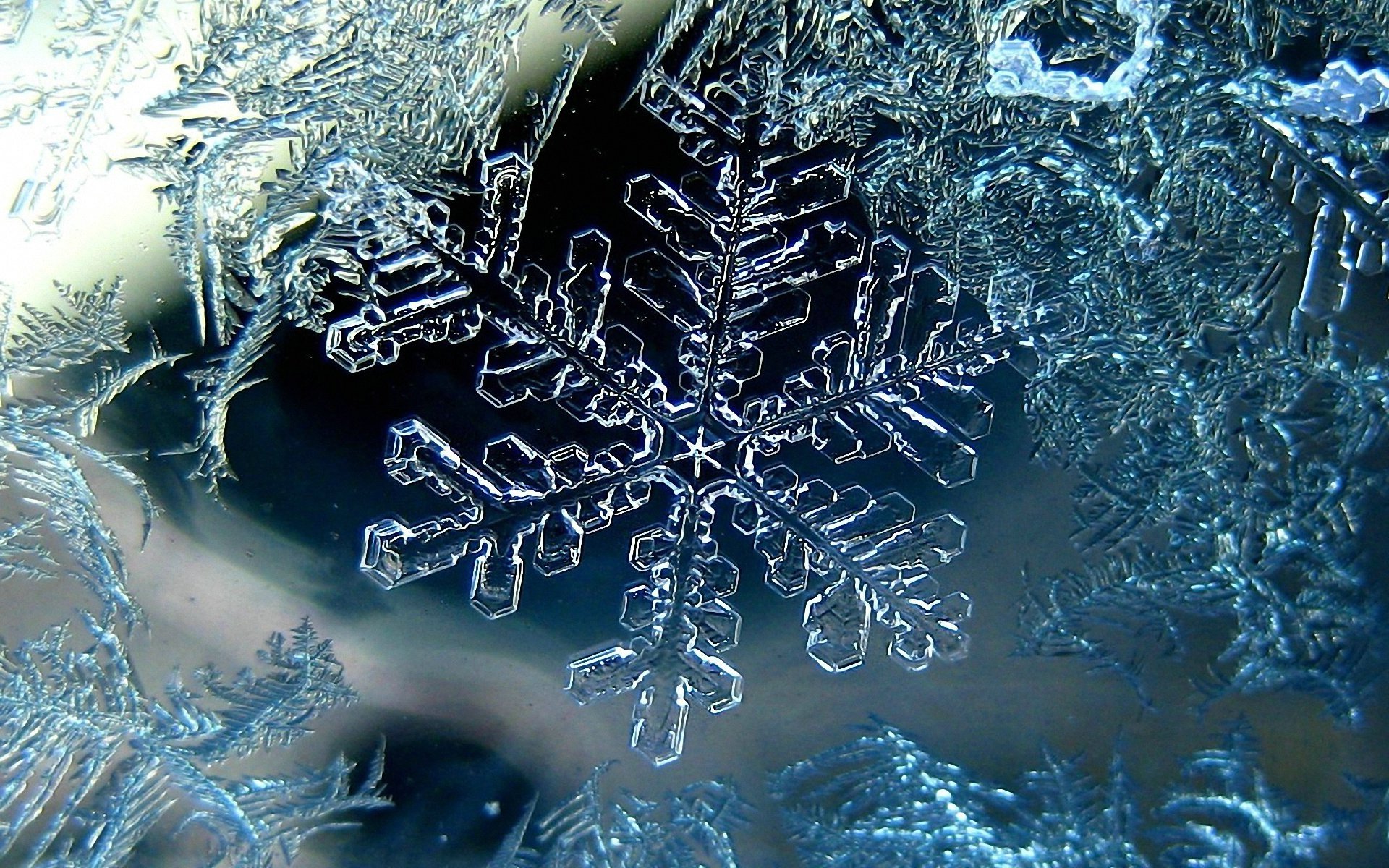Go Project Source Code Analysis: Schedule Job Library "cron"
Introduction
There are many excellent open-source projects on GitHub, where the code is transparent and available to everyone. As software developer, we can learn a lot from them including software engineering, unit testing, coding style standardization, etc. We can even find issues by looking into their code, and submit pull requests to contribute to tech communities. Today we are going to dig into the source code of a popular Golang open-source project on GitHub, robfig/cron, which is small and with clear annotations, and is very suitable for new developers to learn how to read and analyze source code.
Environment Preparation
First, we are going to fork the project into our personal repo. We can do so by clicking the Fork button and enter the project name. After it's forked, we can either download to our local, or click Create codespace on master to create a Codespace on the GitHub repo's home page. Codespace is a Azure-based GitHub service that allows developers to develop remotely, and it is now available to individuals. Let's give it a try!

After clicking, a new page will be opened in the browser, where there is a web interface of VS Code, displaying the directory, code and terminal of the project. See the figure below.







